The Chess with Death trope is a dramatic construct used in various forms of storytelling, where a character is seen playing a game of chess against the personification of Death. It symbolizes a high-stakes struggle for survival or existential contemplation, often emphasizing themes of fate, mortality, and human wisdom versus the inevitability of death. This trope has been depicted in various movies, enriching the narrative with a layer of philosophical depth and visual symbolism. Let’s delve into its origins, representations, and significance in cinematic history.
Origins of the Trope
The association of chess with intellectual challenge and strategic thinking makes it an ideal game for metaphorical representations of life-and-death battles. Historically, the most cited inspiration for this trope can be traced back to medieval morality plays and literature, which often depicted human figures engaging in symbolic contests with deathly figures. However, it was Ingmar Bergman’s 1957 film The Seventh Seal that popularized the trope in modern times, influencing countless other media.
Iconic Instances in Cinema
The Seventh Seal remains the epitome of the chess with Death trope. Set during the Black Death in Europe, the film follows a disillusioned knight, Antonius Block, played by Max von Sydow, who challenges Death, portrayed by Bengt Ekerot, to a game of chess to stave off his own mortality and find meaning in life. This representation delves deep into existential queries and human fears, using the chess game as a profound element of narrative symbolism.
Following Bergman’s classic, other films have adopted and adapted the trope to suit different themes and settings. One such film is the 1993 satirical comedy Bill & Ted’s Bogus Journey, where the trope is used in a more light-hearted manner. In this sequel to Bill & Ted's Excellent Adventure, the protagonists play games against Death, parodying the serious tone usually associated with the motif by including games like Battleship, Clue, and Twister. This comedic take serves to deflate the fearsome power of Death, making him a more approachable and less ominous figure.
Another compelling use of this trope can be seen in the 2000 film The Luzhin Defence, based on Vladimir Nabokov’s novel. Here, the game of chess does not involve Death as a character but stands as a metaphor for the struggle between genius and madness, the calculations of life choices, and the protagonist’s confrontation with his tragic past and fragile psyche.
Symbolism and Impact
In movies, using chess as a game between a human and Death personifies the battle between life’s fragility and the inexorable nature of mortality. Each move in the game can be seen as a metaphor for strategic decisions made in life, reflecting on human agency, destiny, and philosophical pondering on existence. This narrative tool not only adds depth to character development but also engages the audience in interpreting profound existential themes.
Visually, these scenes are typically stark, emphasizing the isolation and confrontation with mortality. They often feature minimalist settings that spotlight the chessboard, symbolizing a simplified battlefield of human intellect against universal inevitabilities. This imagery helps to accentuate the internal conflicts of the characters and the universal themes at play, making the trope a powerful visual and thematic device in storytelling.
Conclusion
The Chess with Death trope serves as a poignant and memorable narrative device in films, symbolizing life’s ultimate questions and the human desire to find meaning and assert control over fate. From Bergman's existential exploration to playful adaptations like Bill & Ted’s Bogus Journey, the trope continues to offer filmmakers a versatile tool for delving into the intricacies of human existence, making it a timeless element in the world of cinema.
Explore our large collection of luxurious chess sets!

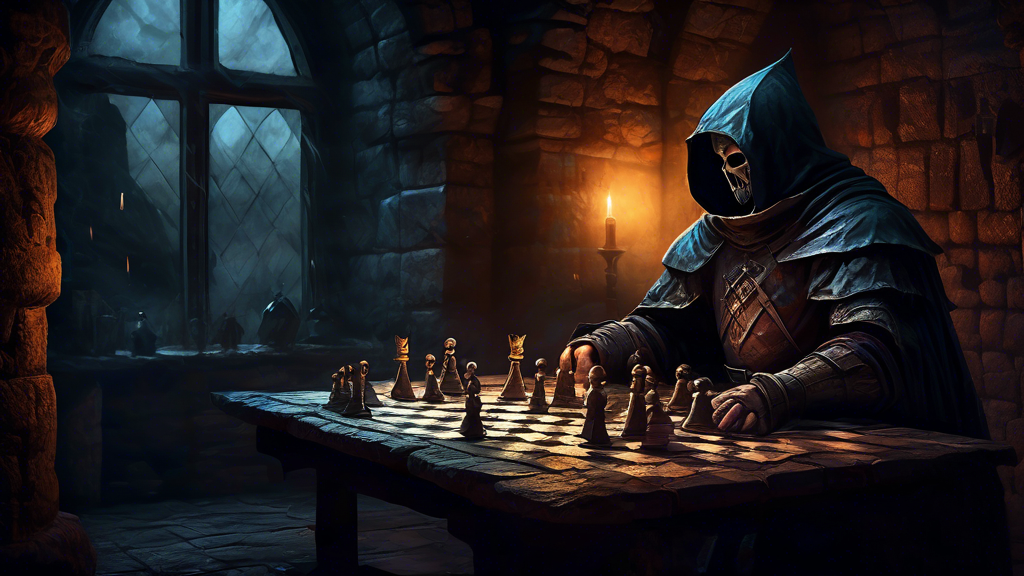
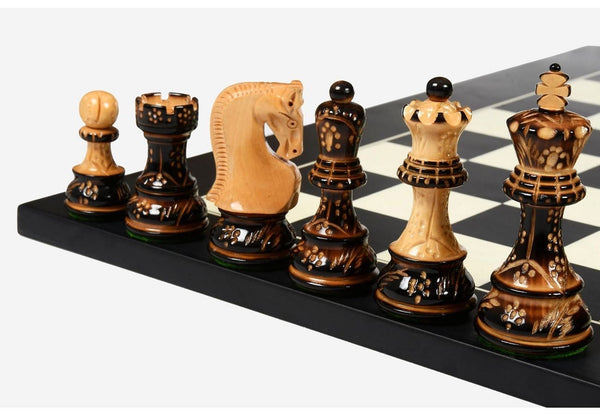

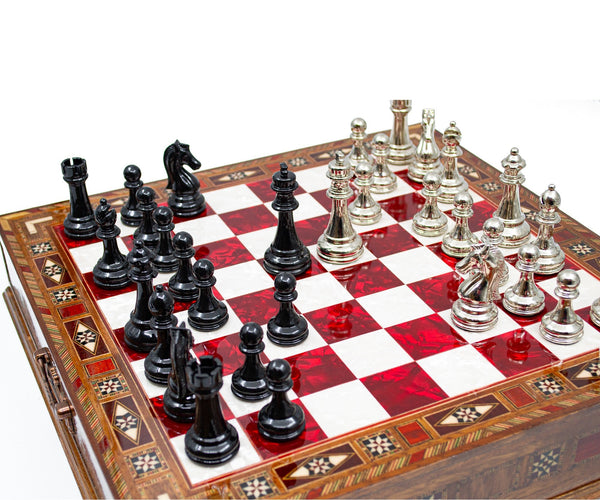
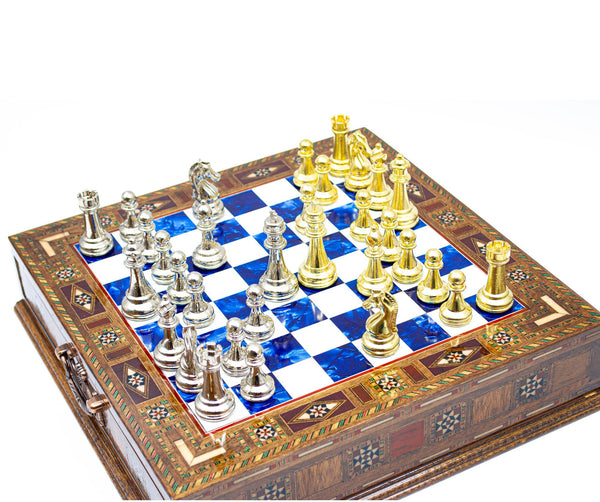
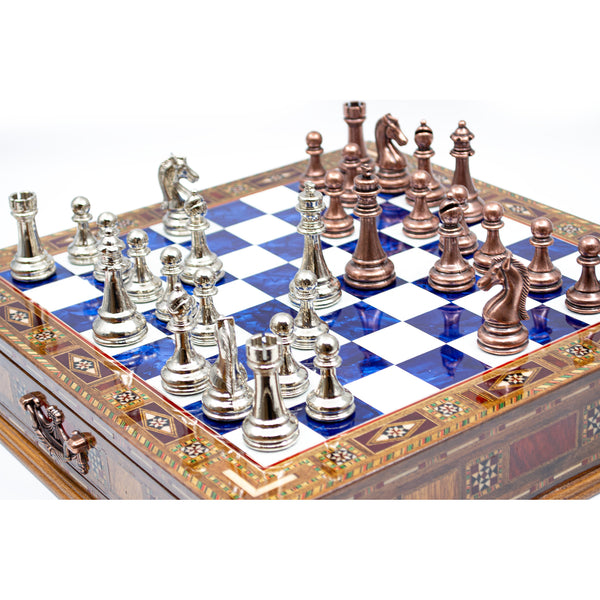








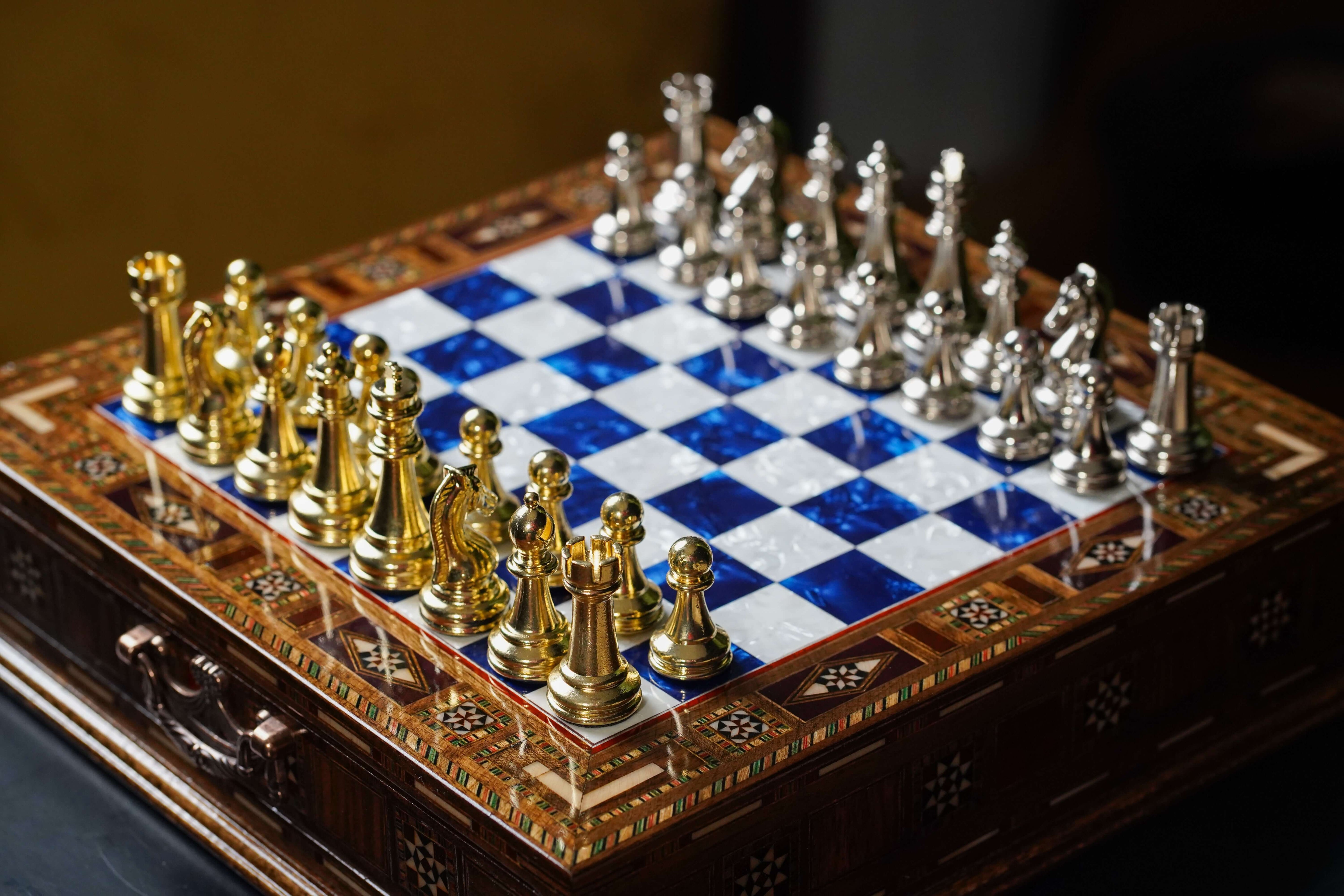

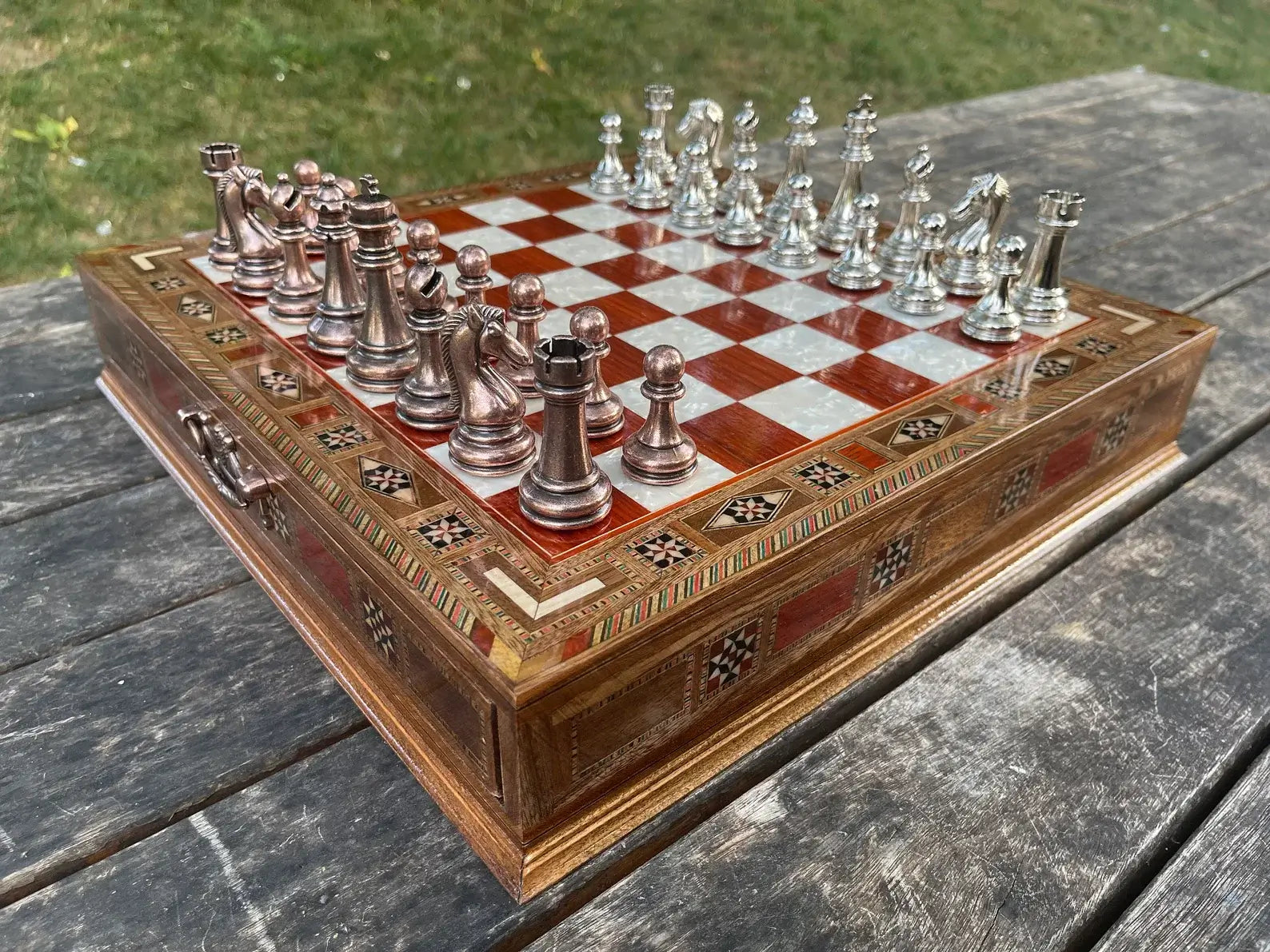
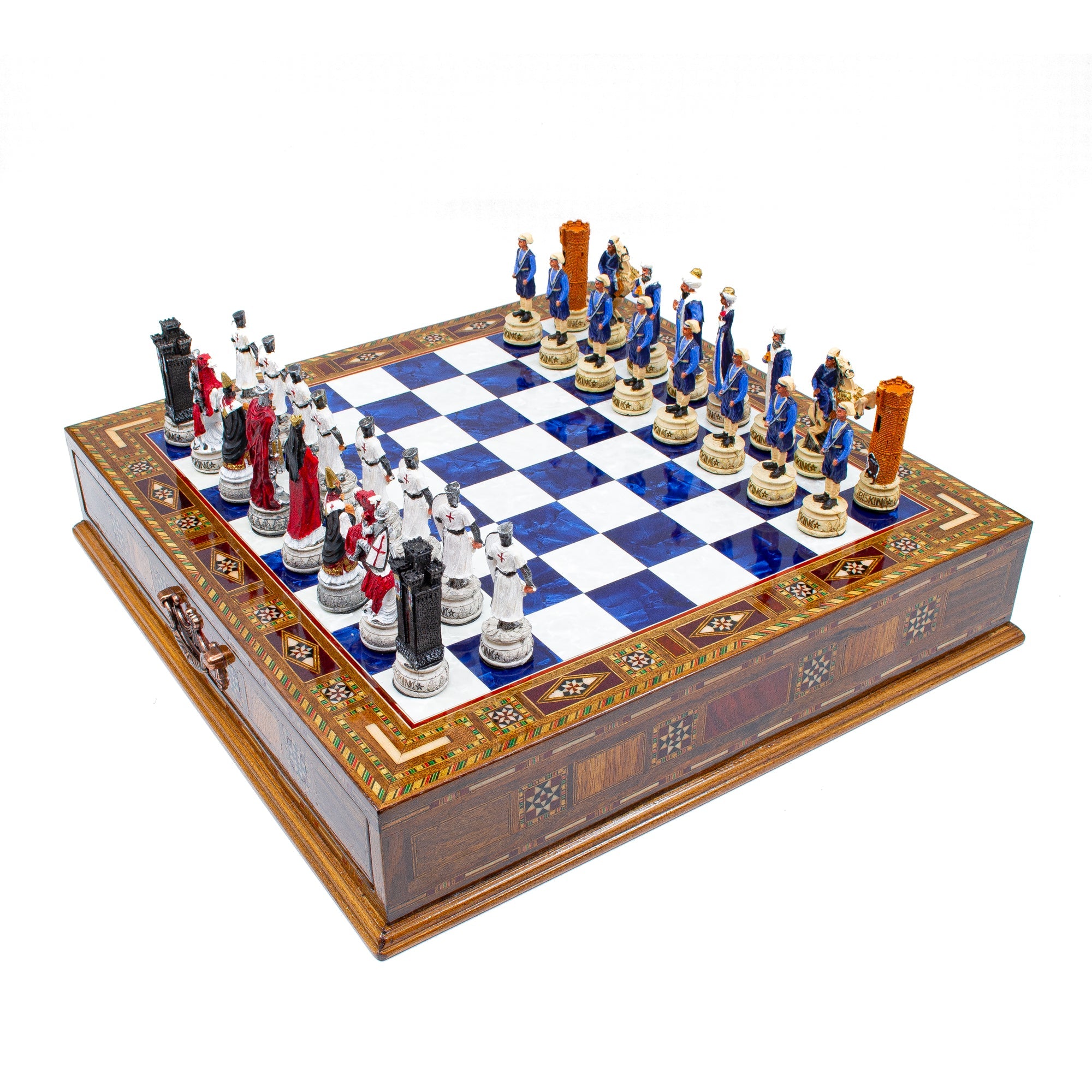
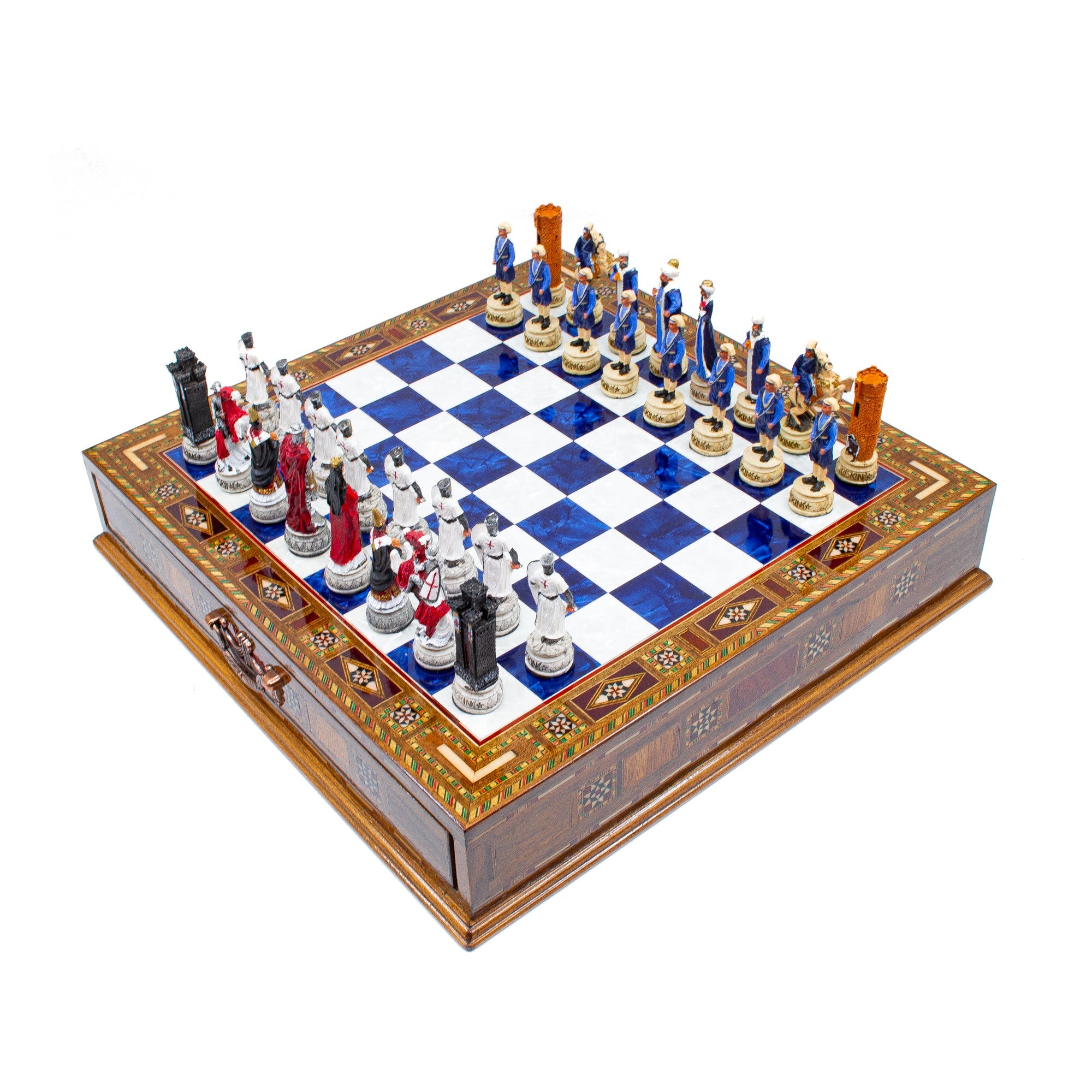
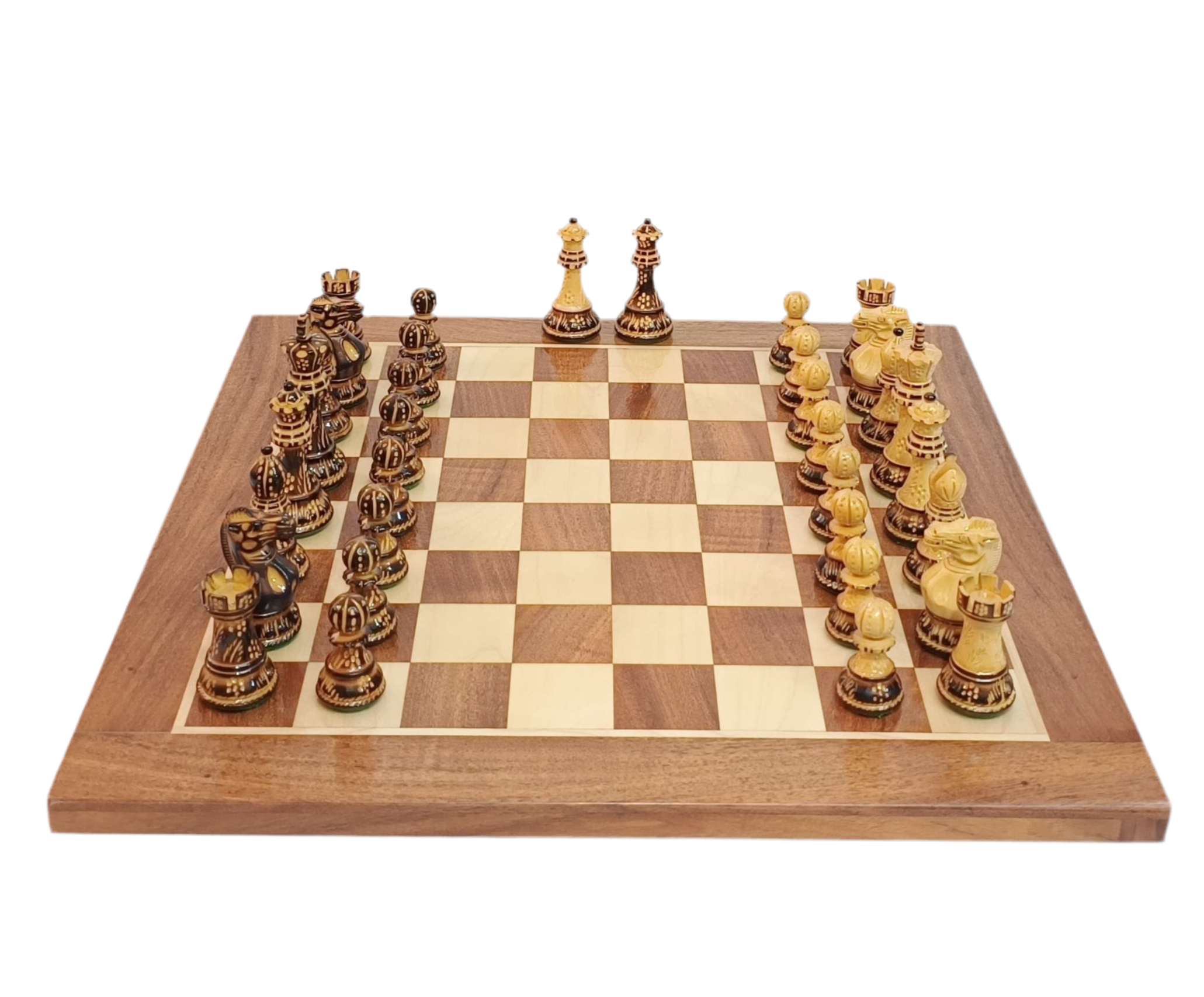
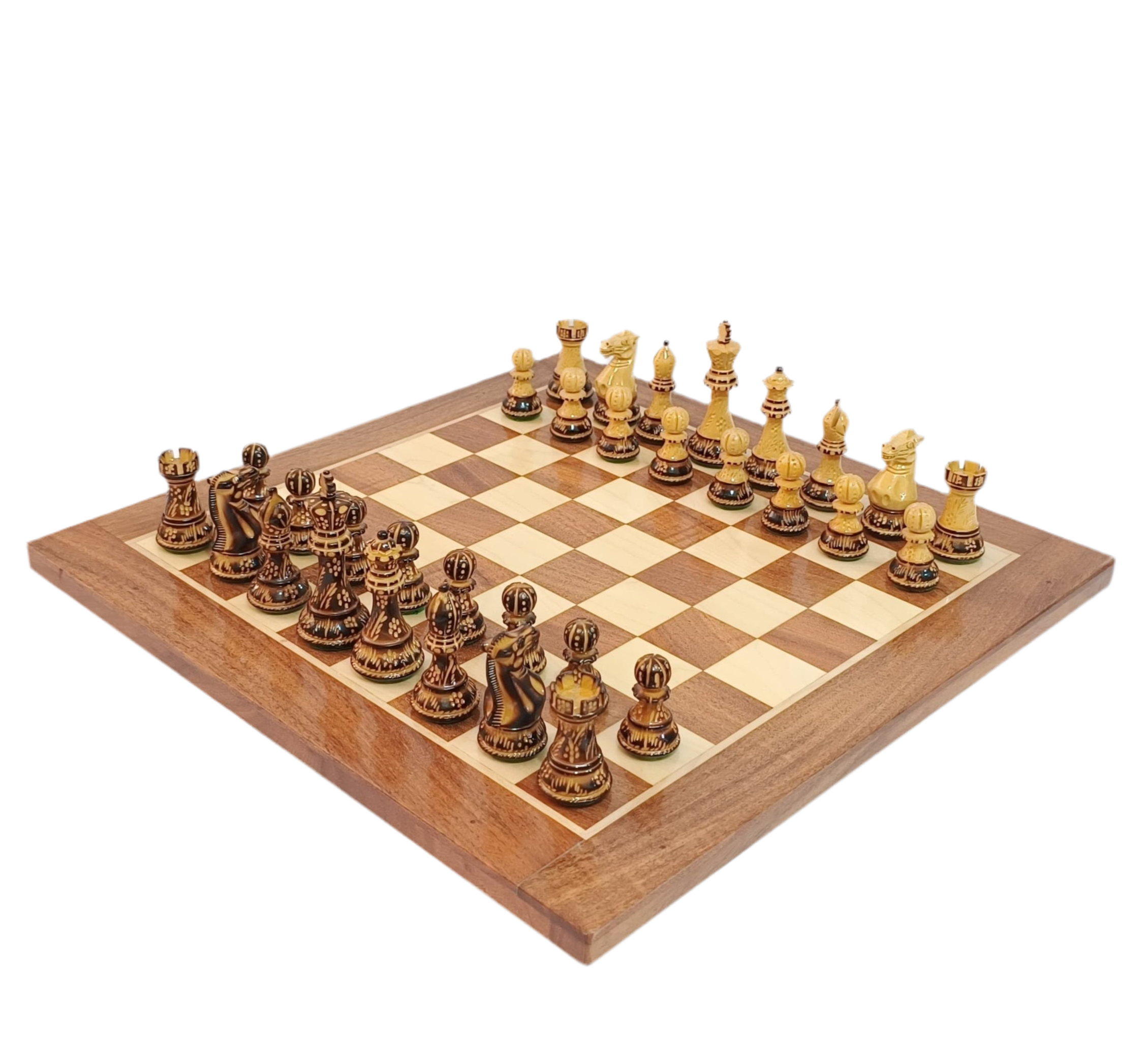

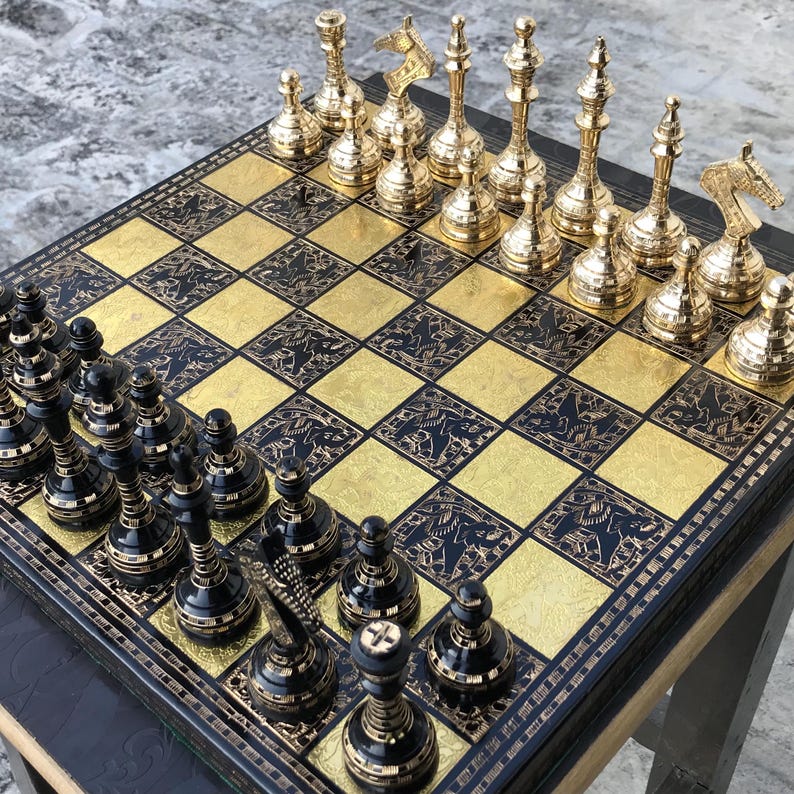


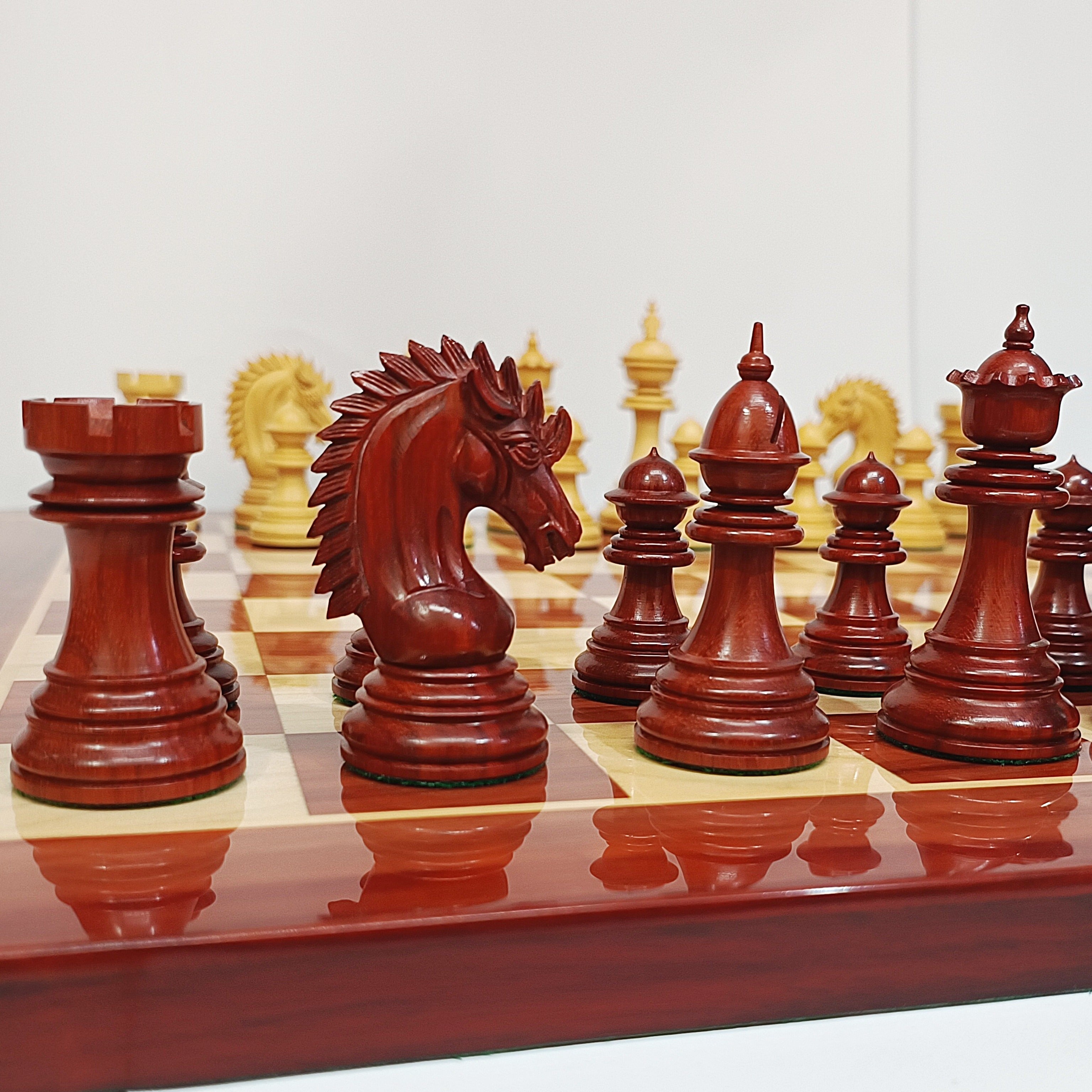
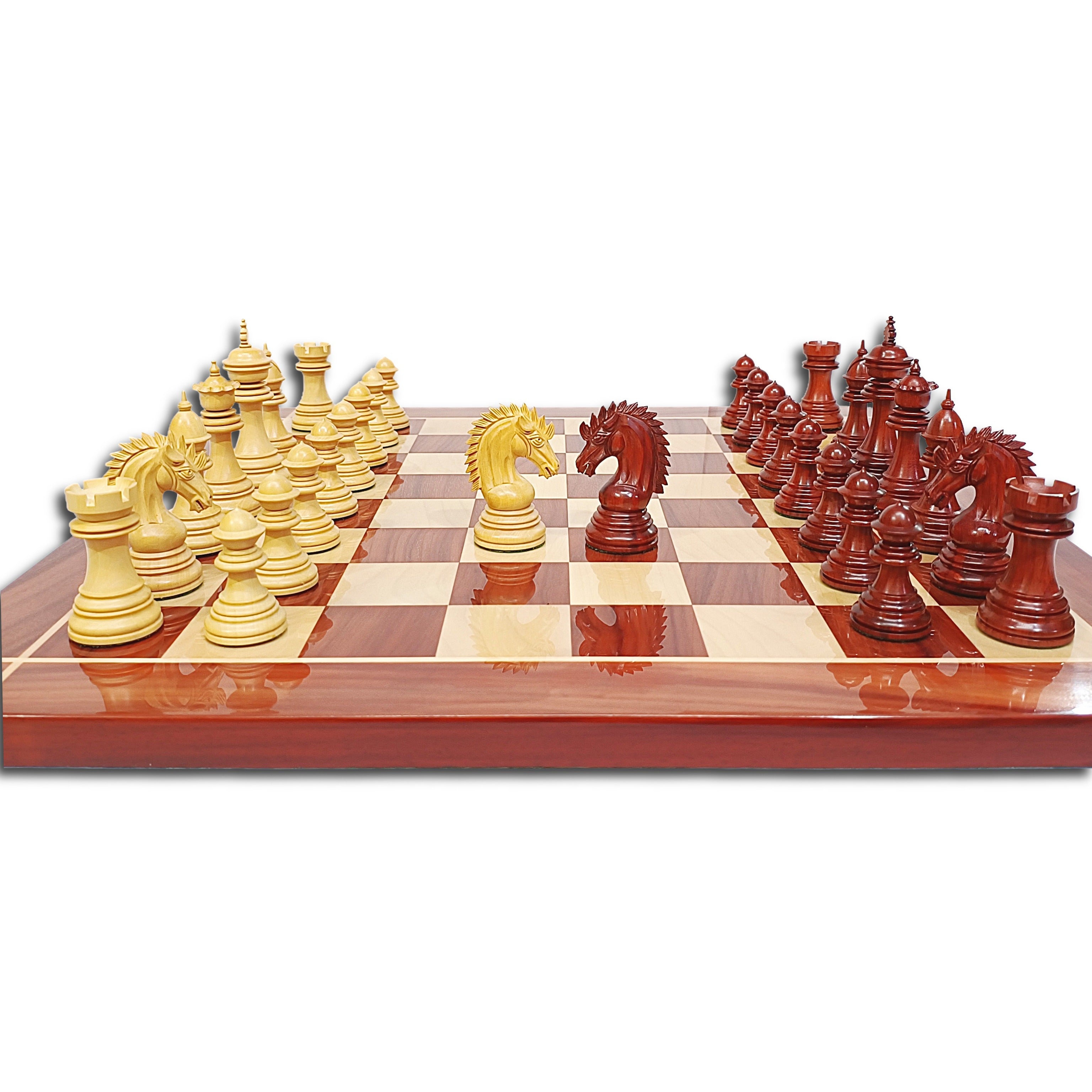

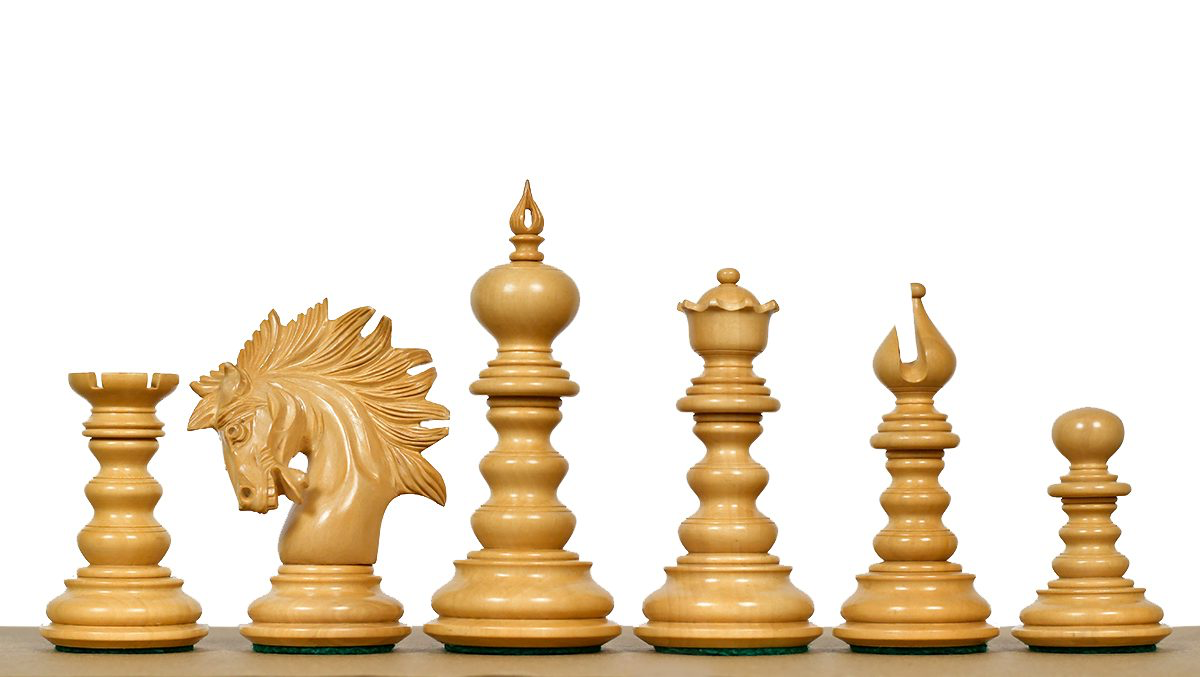
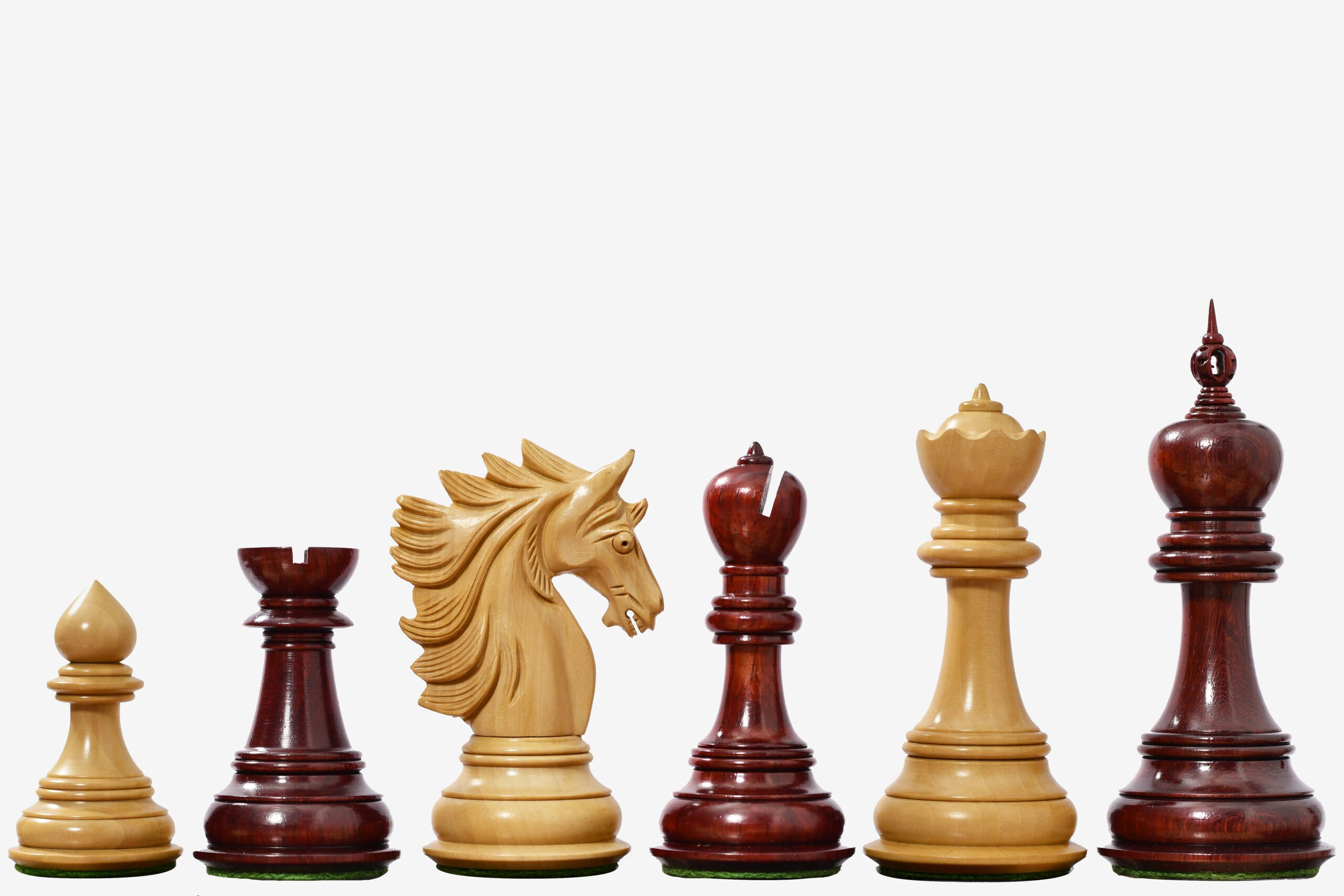
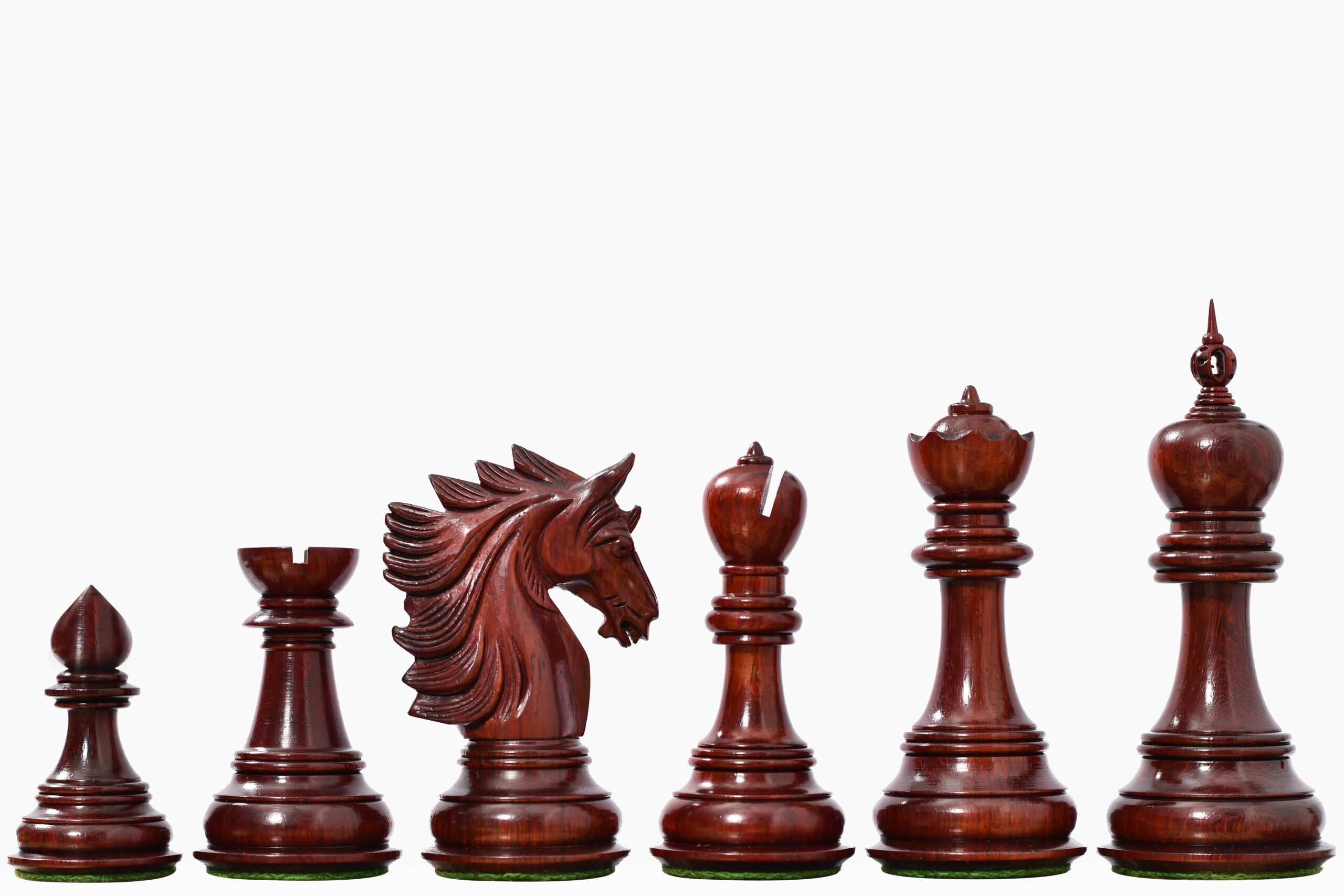
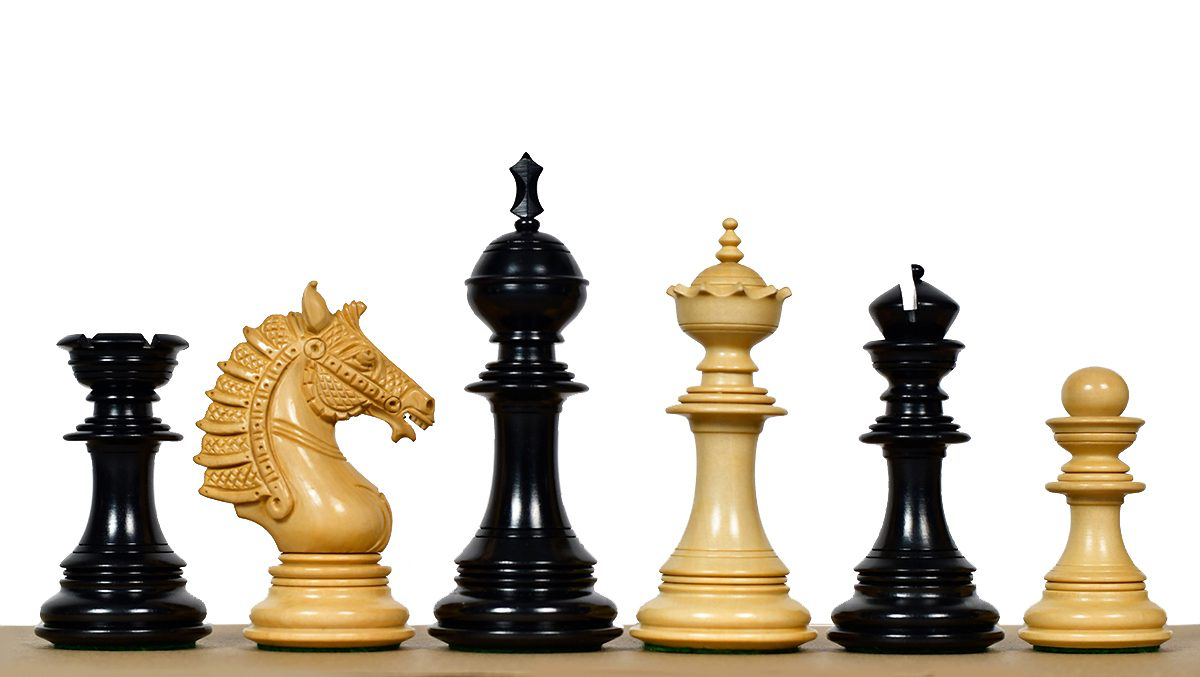
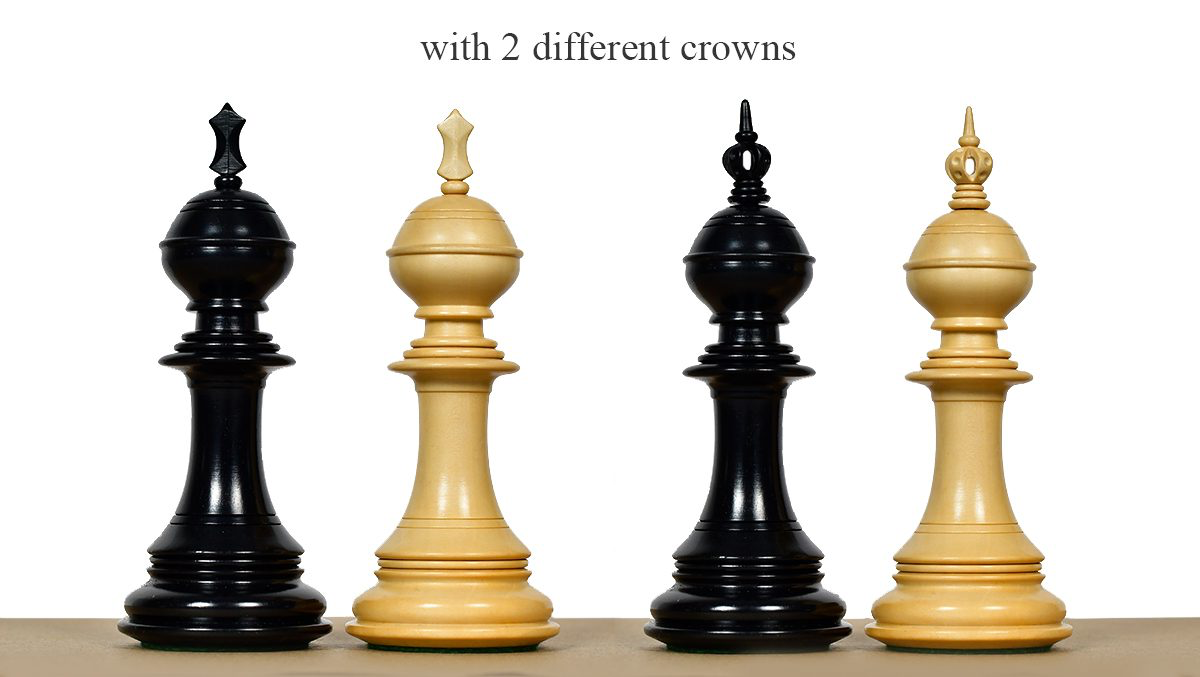
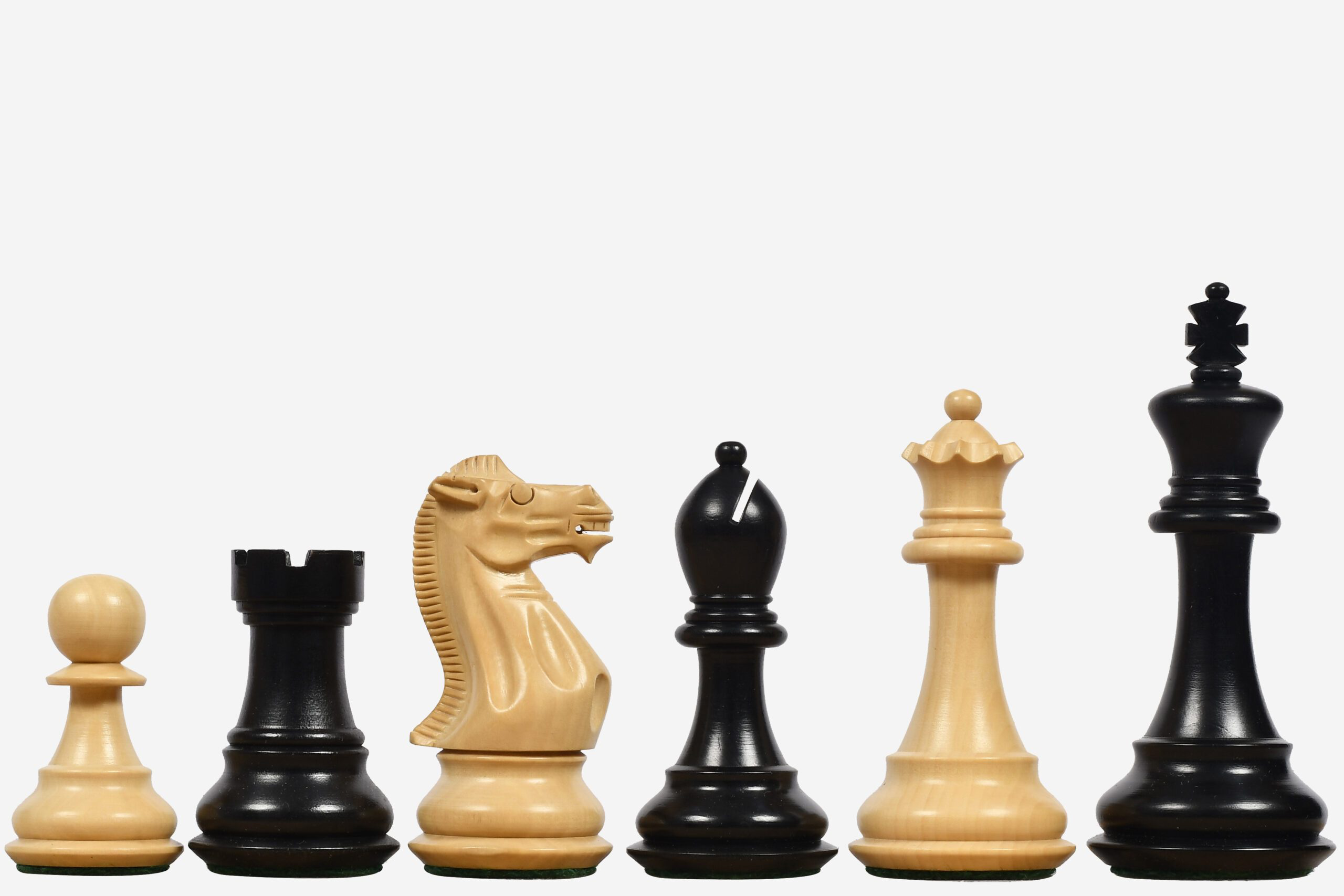
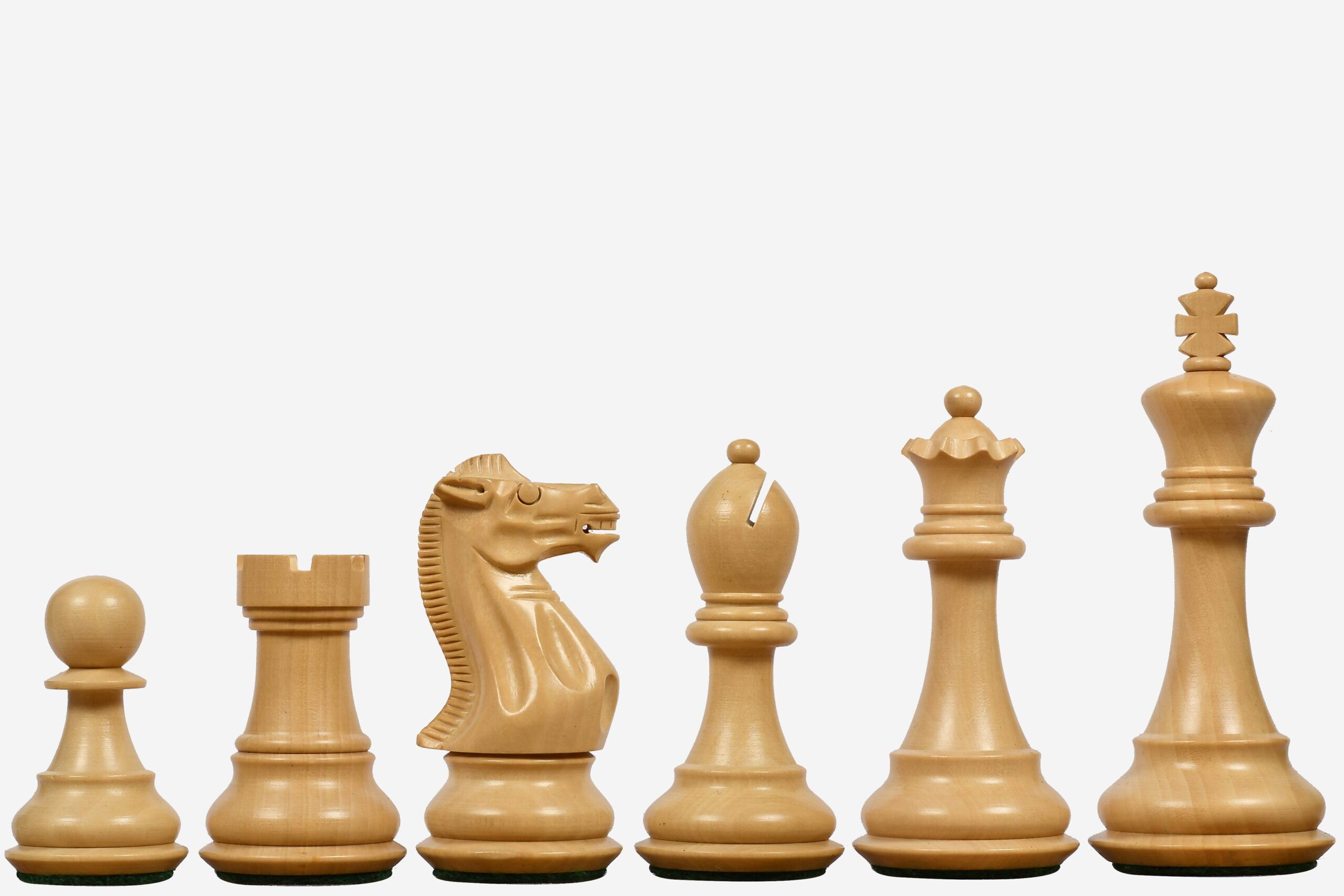
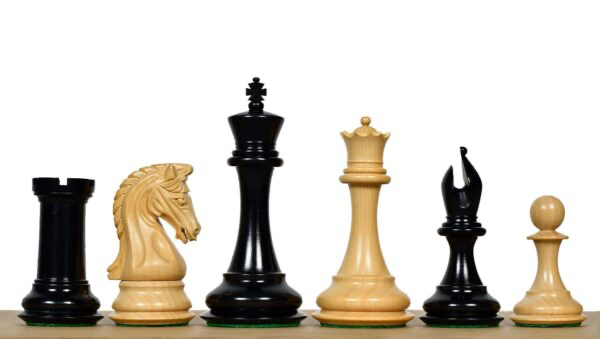
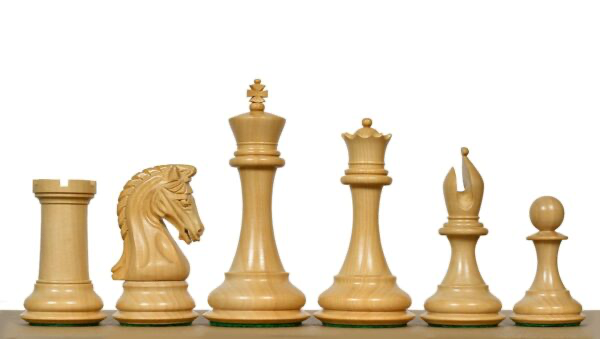
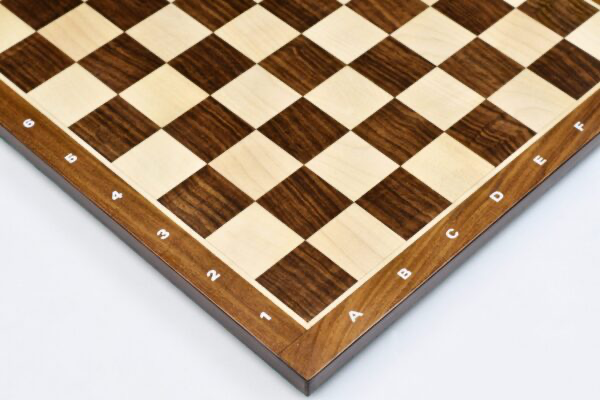
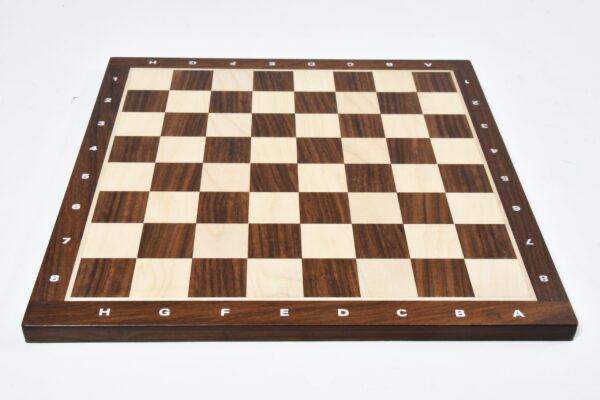

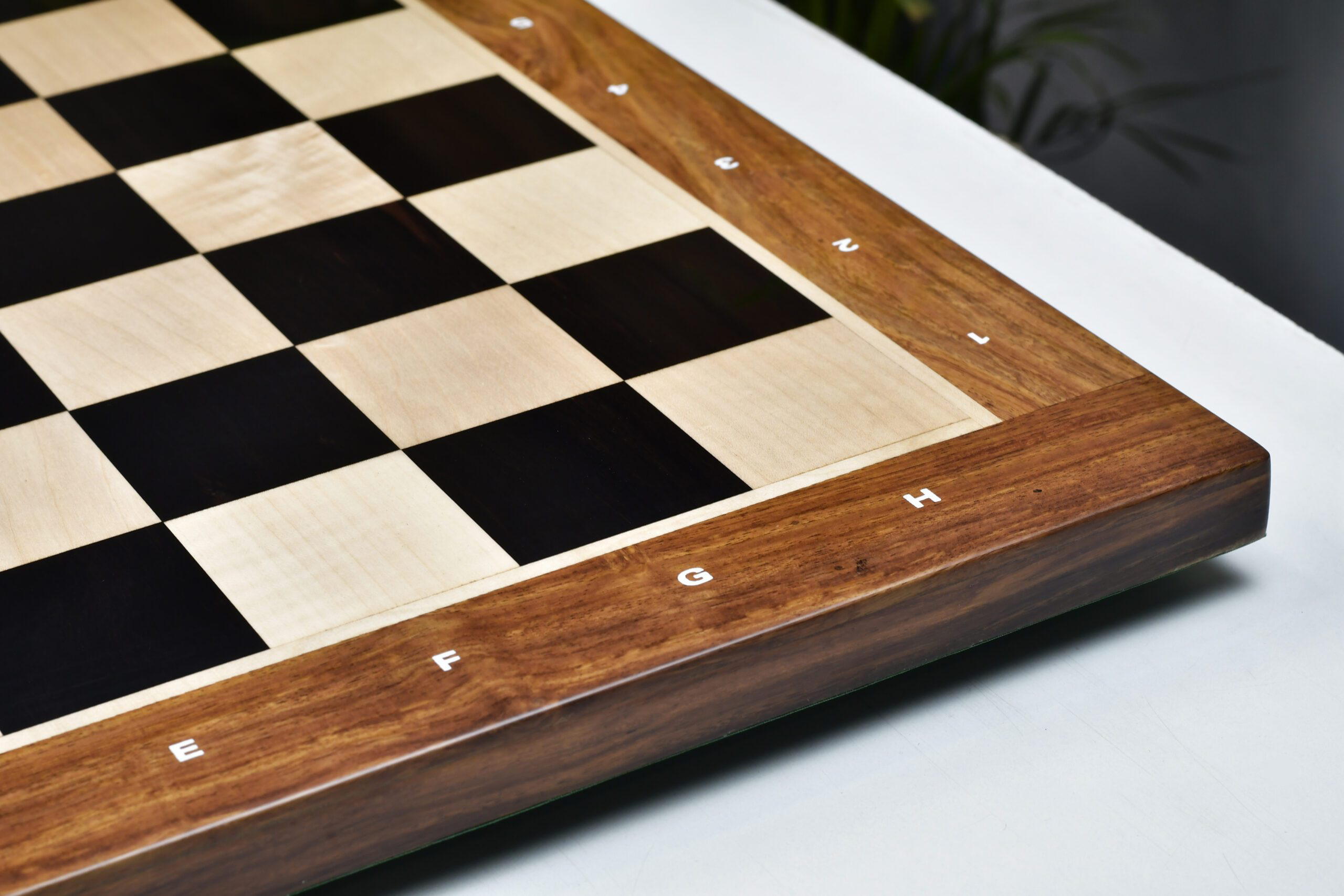


Leave a comment
All comments are moderated before being published.
This site is protected by hCaptcha and the hCaptcha Privacy Policy and Terms of Service apply.